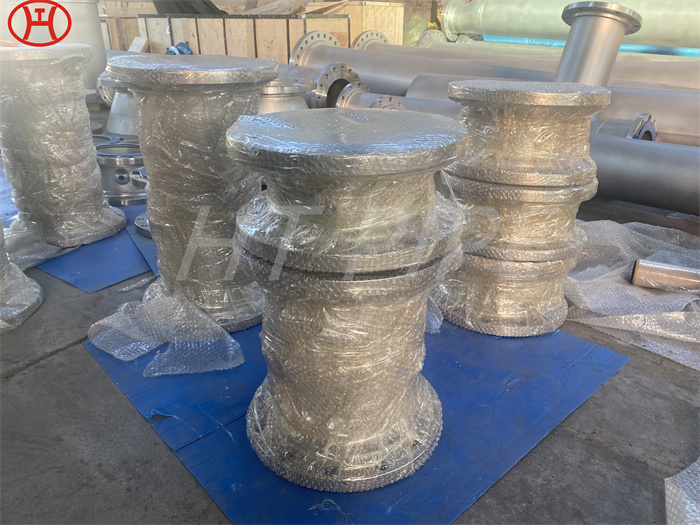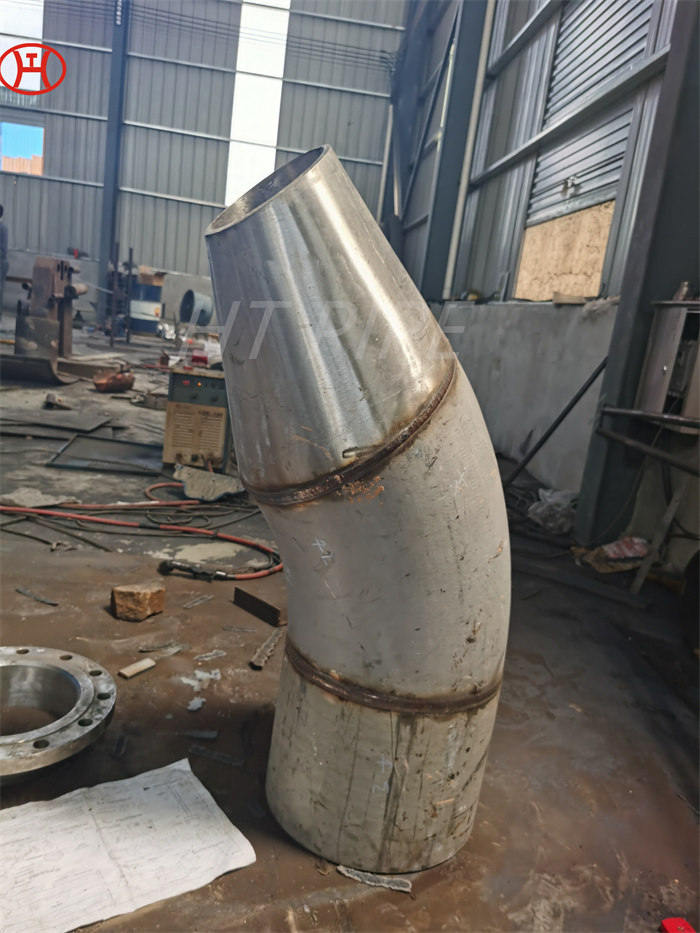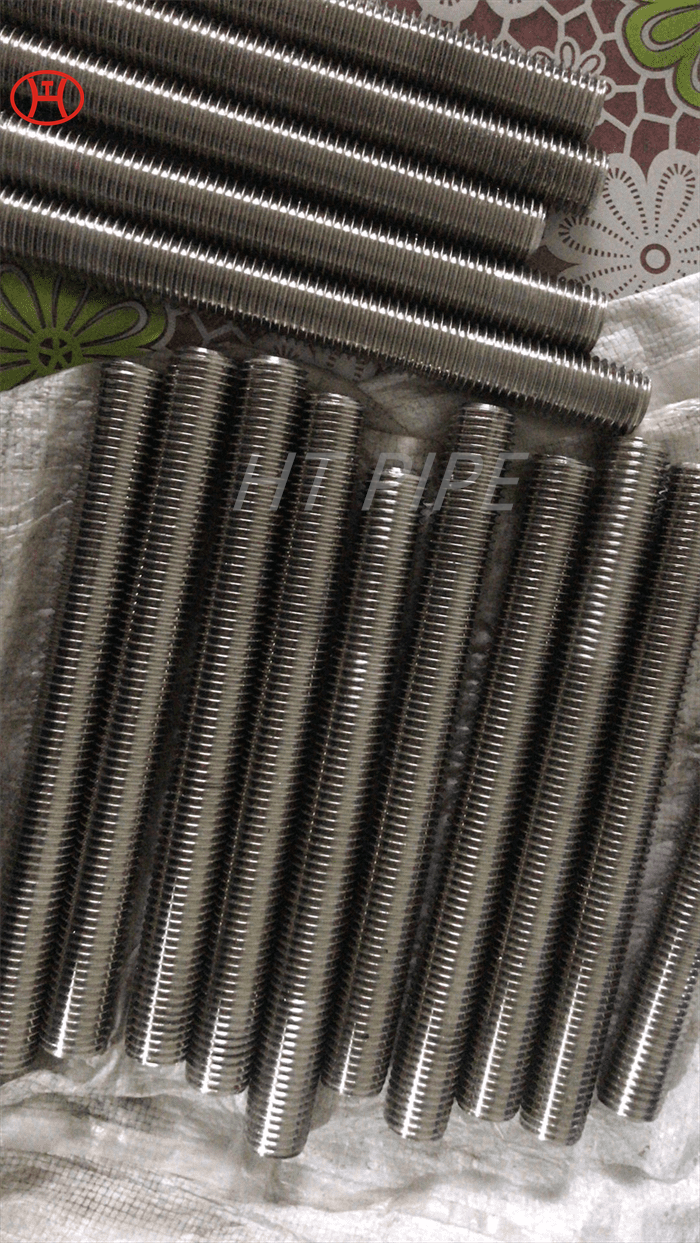ASTM B622 hastelloy b2 pipe be used in acidic settings
Hastelloy B2 Seamless Pipes is a solid solution strengthened, nickel ¨C molybdenum alloy, typically used in extreme reducing conditions.
Contact US
Get Price
Share:
Content
ASTM B622/B619 Hastelloy B2 Pipe has the ability to resist low temperature aggressive corrosion environments, as well as hostile high temperature environments. The excellent weldability of the alloy, and its ability to be joined very successfully to other alloys with different compositions.It too has good resistance to stress corrosion cracking that is chloride induced. The good resistance to a wider range of organic acids makes Hastelloy B2 pipes a popular product.
Inquiry
More Hastelloy

















































































































































